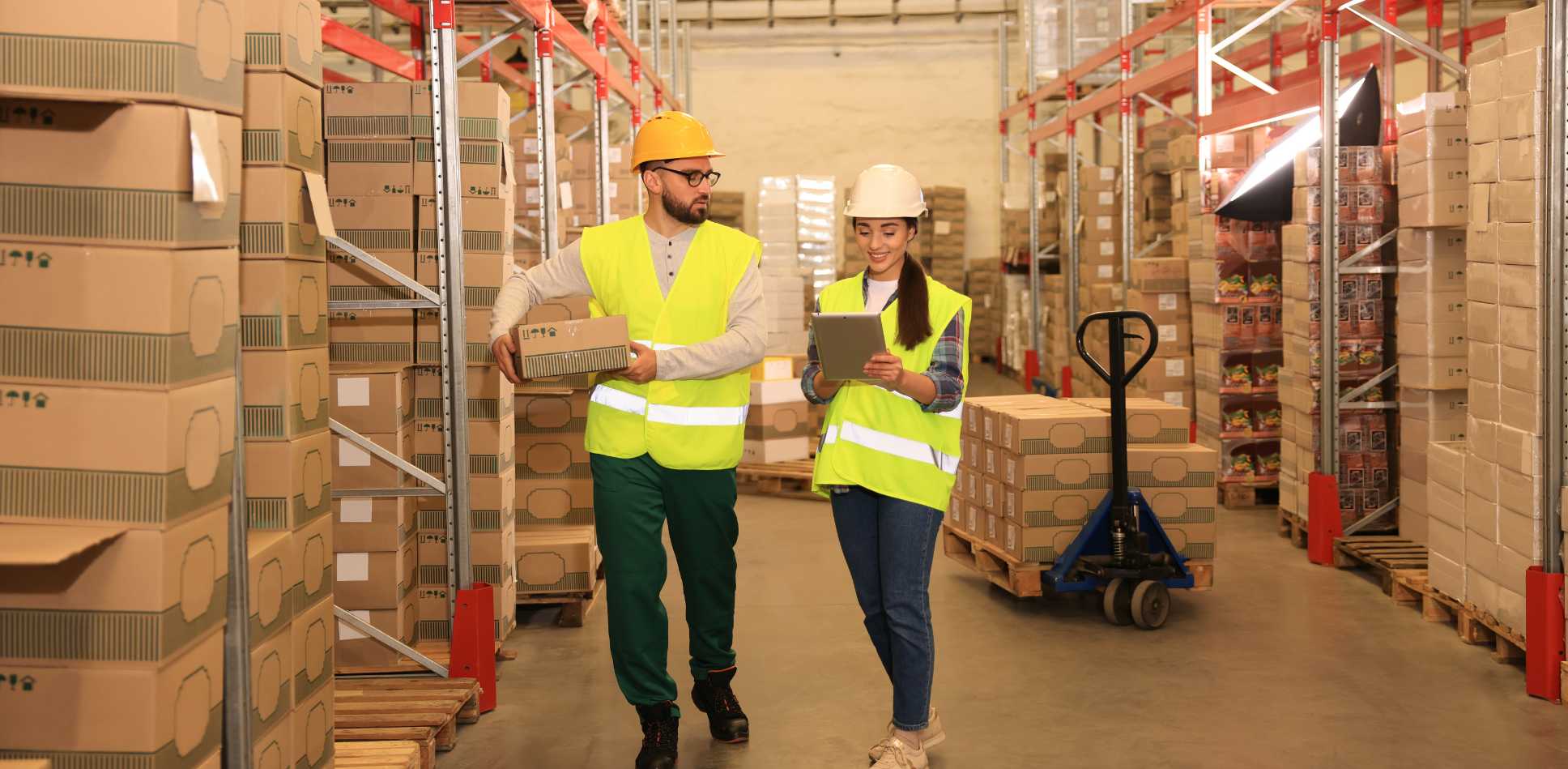
What happens when a facility isn’t safe or efficient?
One of the key responsibilities of facilities management is to ensure buildings are secure, well-maintained, and prepared for the unexpected. Crises can happen at any time, and knowing how to respond is essential. Facilities management isn’t just about day-to-day operations; it is also about being ready for emergencies. In this article, we’ll look at why crisis management is so important in facilities management and how to prepare for it.
What Is a Crisis?
A crisis is an unexpected event that causes harm, disruption, or damage. In the context of facilities management, a crisis can take many forms. Some of the most common examples include:
- Natural disasters: Events like earthquakes, floods, or storms can damage buildings and put people at risk.
- Fires: Fires can start suddenly and spread quickly, threatening safety and property.
- Security threats: Break-ins, theft, or vandalism can cause serious damage and disrupt normal operations.
Crises like these can occur without warning, so being prepared is essential for keeping people and property safe.
Why Is Crisis Management Important?
- Protecting People’s Safety
The most important reason for crisis management is to protect the safety of everyone in the building: staff, visitors, and contractors. Having a plan in place means people know what to do in an emergency, which can save lives. - Reducing Damage
Quick and effective action during a crisis can limit the amount of damage to the facility. This might mean shutting off power during a flood or containing a fire early before it spreads. - Keeping Operations Running
If you respond quickly and effectively, a crisis does not have to bring everything to a halt. A good plan can reduce disruption and help keep day-to-day operations going. - Building Trust
When people see that a facility is well-prepared for emergencies, it builds confidence. Staff, clients, and visitors will trust the organisation more if they feel safe and know that risks are being managed properly. - Legal and Financial Responsibilities
Facility managers also have legal duties to ensure the safety of a building and its users. If a crisis is not handled properly, it can lead to legal action, insurance problems, or financial losses. Good crisis management helps prevent these issues.
Key Steps in Crisis Management
- Preparation
The best time to prepare for a crisis is before it happens. Preparation includes:
- Risk assessment: Identify the possible risks that could affect your facility, from natural hazards to technical failures.
- Emergency plans: Put clear plans in place for how to respond to different types of crisis events.
- Staff training: Make sure staff are trained and know what to do in an emergency. This might include fire drills or training in first aid.
The better prepared your team is, the quicker and more confidently they can respond.
- Response
When a crisis happens, the focus shifts to responding quickly and calmly. This means following your emergency plan, staying in control, and communicating clearly with everyone involved. Make sure the right people are contacted and that staff and visitors are guided to safety. - Recovery
After the crisis, attention turns to recovery. This may involve repairing damage to the building, offering support to affected individuals, and reviewing what happened. It is important to learn from each situation. Look at what worked well and what did not, and update your crisis plan to make improvements for the future.
Challenges in Crisis Management
Unpredictability
Crises often happen without warning, which makes it hard to prepare for every possible scenario. Even well-prepared facilities can be caught off guard.
Limited Resources
Sometimes there may not be enough staff, money, or equipment to deal with a crisis effectively. This can slow down your response or limit what you can do.
Communication Breakdown
During a crisis, clear communication is crucial, but it is also one of the first things that can break down. Without clear messages and proper systems in place, confusion can spread quickly.
The Role of Technology
Technology can make a big difference in how facilities manage crises. Here are some useful ways it can help:
Monitoring Systems
Sensors and monitoring systems can alert staff to problems such as fire, flooding, or security breaches. Early warning gives you more time to respond.
Communication Tools
Modern communication tools like text alerts, apps, or internal messaging systems help keep everyone informed during a crisis. They ensure that staff know what is happening and what action to take.
Data and Resource Management
Technology also helps keep track of supplies, staff availability, and response times. This makes it easier to manage resources effectively during recovery and improve future planning.
Conclusion
Crisis management is a vital part of facilities management. It ensures that people are protected, damage is reduced, and operations can recover quickly. Although challenges exist, having a strong plan, proper training, and the right technology in place can make a big difference. The goal is not just to respond when something goes wrong but to be ready in advance. That is how you build safer, more resilient facilities. By taking crisis planning seriously, facilities managers can help keep everyone safe, reduce costs, and protect the reputation of the organisation. It is not just about being ready; it is about being responsible.
